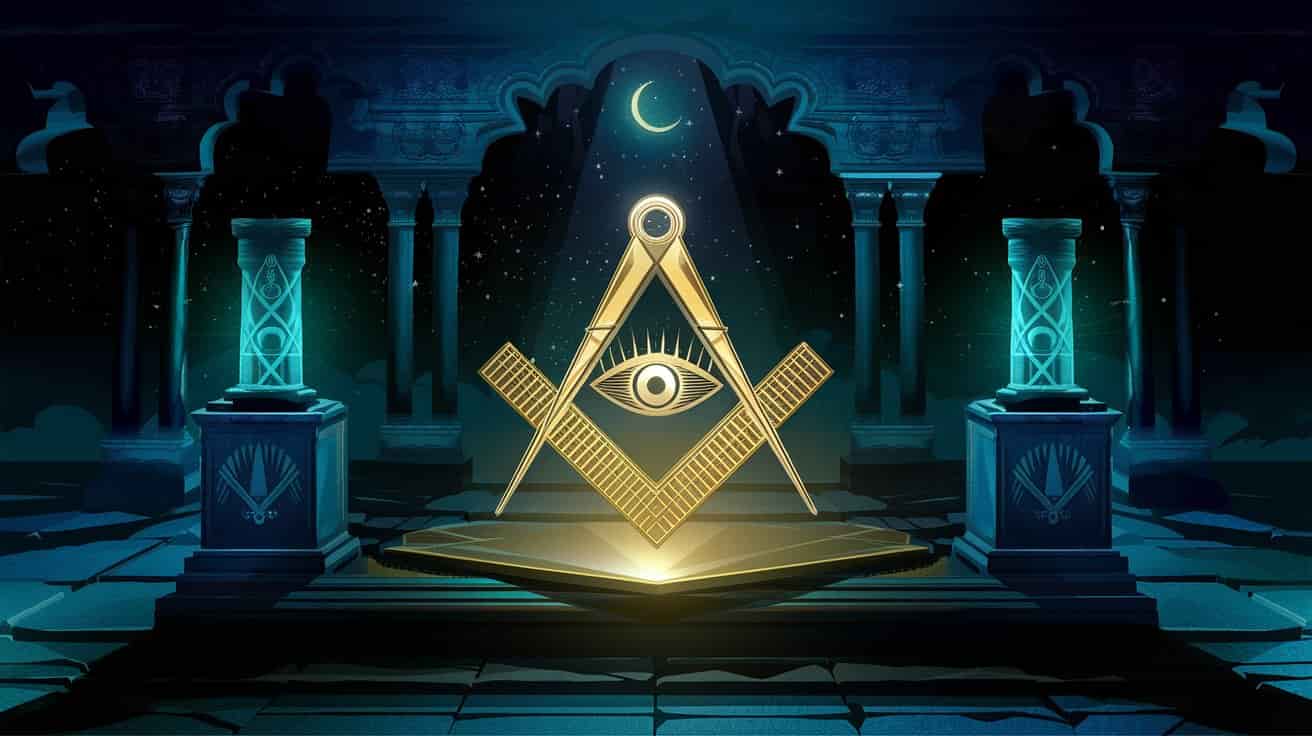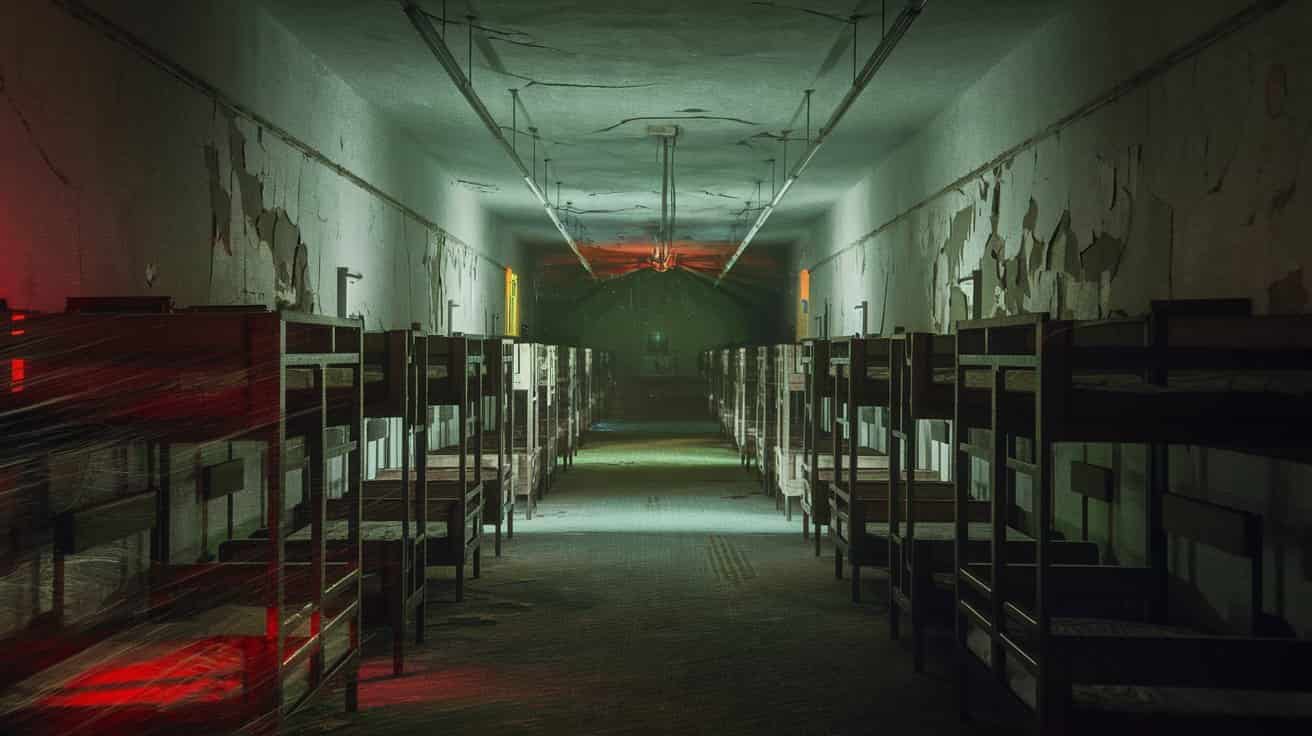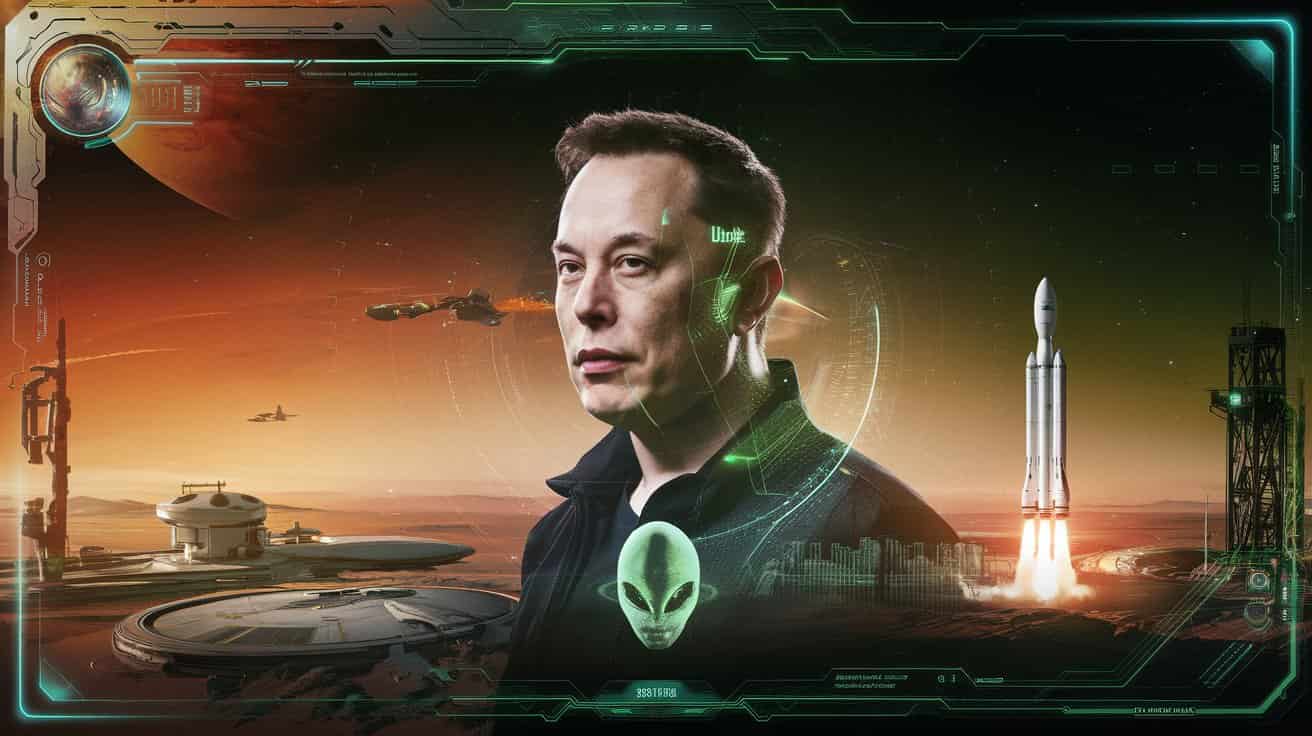Witches: Myths and Realities Through Time
Witches have always fascinated and perplexed human societies. Historically feared as figures connected to dark powers, curses, and forbidden rituals, their image has fluctuated across time. However, these representations only scratch the surface of their multifaceted history. Examining the origins of witchcraft, societal fears, persecution, and modern reinterpretations provides insight into how witches have transitioned from feared figures to powerful symbols of resistance and spirituality.
Ancient Roots of Witchcraft: Shamanism, Divination, and Early Beliefs
The origins of witchcraft stretch back to the ancient world. Long before the modern concept of witches emerged, societies revered spiritual leaders connected to divine forces and nature. These figures, known for their insights and rituals, laid the groundwork for what would later be called witchcraft.
Shamanic Practices and Ancient Beliefs
Shamans and seers often held spiritual authority in ancient societies. These figures connected with the unseen world through divination and ritual, serving as intermediaries between gods and humans. They were celebrated for their abilities to heal, predict the future, and guide their communities.
Witchcraft in Ancient Egypt
In Ancient Egypt, magic and religion were inseparable. Egyptian spell-casters, known as heka, performed rituals and incantations to connect with the divine. Their practices influenced subsequent magical traditions in Europe and other regions. Egyptian magic symbolized the ability to shape the natural and divine realms through focused intent.
Greek Contributions and the Role of the Oracle
Ancient Greece also explored witchcraft as part of religious and prophetic traditions. The Oracle of Delphi, for example, was a powerful figure who used mystical insight to reveal divine truths. Additionally, pharmakeus—magicians skilled in potions and herbal remedies—demonstrated the blending of natural science and spiritual belief.
Medieval Witch Hunts: Social, Religious, and Political Fear
The Middle Ages solidified the modern fear of witches. During this time, societal changes, religious conflicts, and economic pressures led to widespread paranoia and persecution. The Catholic Church and other Christian institutions labeled witchcraft as heresy, further fueling fear and mass hysteria.
The Role of the Church in Persecution
The Malleus Maleficarum (The Hammer of Witches), written by Heinrich Kramer and Jacob Sprenger in 1487, marked the beginning of systematic witch trials. This guide detailed how to identify and prosecute witches, solidifying the link between religion and fear.
Fear and Societal Strains
Economic hardship, war, and widespread famine contributed to the witch hunts. Communities often sought scapegoats, targeting marginalized individuals such as women and outsiders. For example, the Salem Witch Trials in 1692 saw 20 innocent people executed, driven by paranoia, fear, and social pressures.
How Society’s View of Witches Changed
Over time, the perception of witches shifted from figures of terror to symbols of freedom, resistance, and empowerment. Through folklore, media, and feminism, witches transitioned from evil sorcerers to representations of diverse ideals and complex identities.
Witches in Folklore and Pop Culture
Folklore shaped the image of witches as both heroes and villains. Stories used witches to teach morality lessons, while at the same time, superstitions and fear elevated them as figures to avoid. Modern pop culture has reimagined witches as multi-dimensional figures. For instance, the Harry Potter series and The Wizard of Oz portray witches as varied, morally complex, and powerful figures.
Feminist Movement and the Reclamation of Witch Identity
The feminist movement has redefined witchcraft by connecting it to female empowerment. Historically, many accused witches were silenced, marginalized, or oppressed for defying patriarchal norms. Feminists reclaimed witchcraft as a symbol of strength, rebellion, and independence. They see it as a way to connect with ancient traditions of nature and intuition.
Modern Witchcraft: Ancient Traditions Meet New Spiritual Paths
Modern witchcraft has expanded well beyond its historical context. Today, individuals explore witchcraft as a path of spiritual growth, environmentalism, and personal discovery. Various practices, such as astrology, herbalism, and divination, have become common tools for modern witches.
Wicca and Modern Paganism
Wicca, established by Gerald Gardner in the mid-20th century, draws from ancient traditions and modern spirituality. It emphasizes the cycles of nature, the elements, and the divine feminine as sacred symbols of creation, intuition, and balance. Wicca celebrates harmony between the divine masculine and feminine, merging ancient and modern beliefs into one cohesive spiritual path.
Witchcraft and Environmental Awareness
Modern witches link their practices to environmentalism and ecological mindfulness. Many believe in honoring and working with natural elements and cycles as sacred. Rituals include using natural resources for spiritual practices, symbolizing a return to ancient wisdom and care for the Earth.
A Journey of Personal Growth and Healing
Today, witchcraft serves as a path for self-exploration and healing. Practices like divination, astrology, and ritual work offer individuals a way to connect with nature, ancestors, and personal intuition. They also create a way to cope with stress and rediscover ancient spiritual insights.
The Enduring Allure of Witchcraft: From Fear to Freedom
Throughout history, witches have represented both fear and fascination. From ancient shamans and healers to the witch trials of the Middle Ages and modern spiritual movements, witches symbolize humanity’s shifting relationship with belief, power, and oppression.
In modern times, witches are no longer confined to dark, malevolent stereotypes. Instead, they represent nature, personal freedom, resistance, and spiritual empowerment. The story of witches is not just a historical narrative—it is a reflection of society’s constant evolution, fears, and hopes.
Whether in ancient texts, traditional rituals, or modern spiritual practices, witches continue to inspire, challenge, and captivate human imagination. Their journey reminds us of how fear can intersect with culture, belief, and power while offering pathways for freedom and connection to nature.



Post Comment